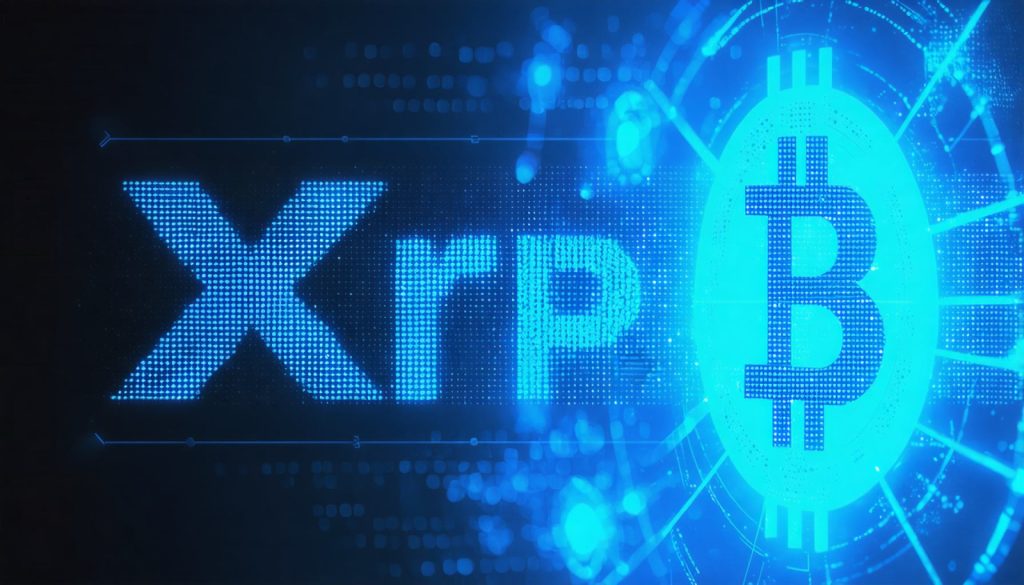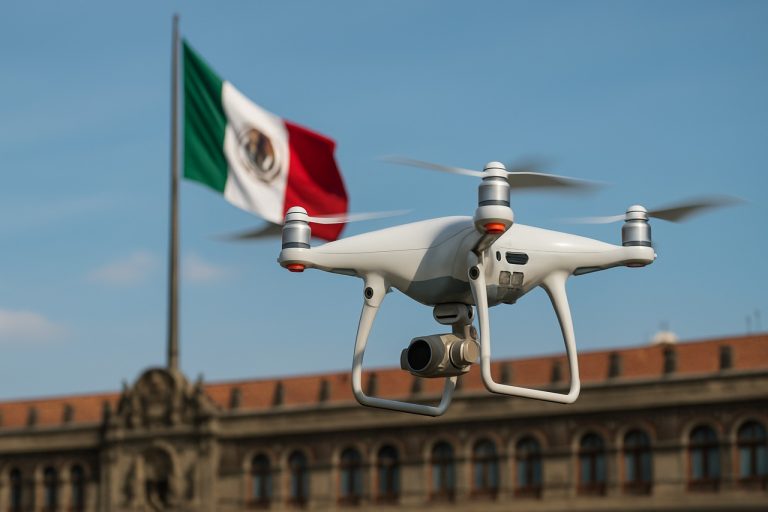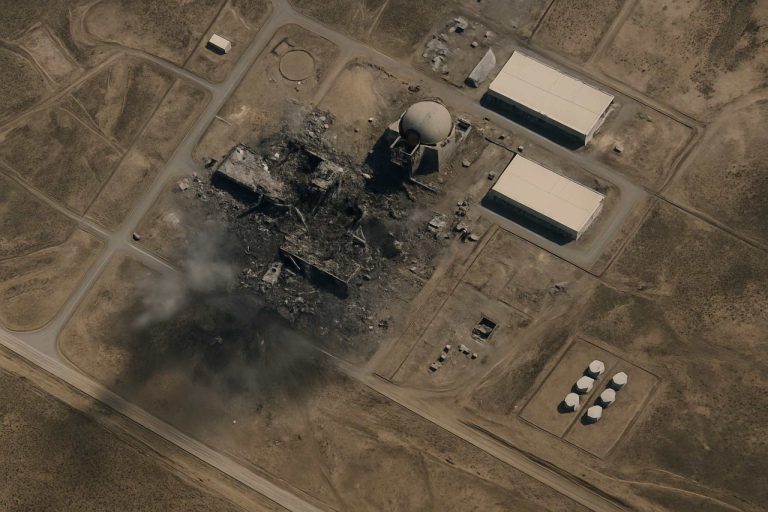
- XRP is emerging as a key player in financial innovation by aiming to tokenize real-world assets (RWAs) on the blockchain.
- Projected by Ripple and Boston Consulting Group, the tokenization market could reach $19 trillion by 2033, up from $600 billion today.
- The tokenization process allows assets to be tracked and traded efficiently on the blockchain, reducing traditional transactional barriers.
- Utilizing the XRP ledger, over $1 trillion in assets has been exchanged, appealing to financial institutions for its speed and cost-effectiveness.
- If XRP captures a large portion of the tokenization market, it could increase demand for its native coin, enhancing platform liquidity and efficiency.
- XRP’s dominance faces competition and relies on continual support from financial entities.
- The link between XRP tokenized asset value and coin appreciation is weak; the blockchain does not control the asset’s intrinsic value.
- Success in asset tokenization could elevate XRP’s market position, promising growth in reshaping industries.
XRP is positioning itself as a potent disruptor in the financial technology landscape. Long heralded as a cost-effective solution for financial institutions seeking efficient money transfers, XRP is now setting its sights on a much grander schema: the tokenization of real-world assets (RWAs).
Envision a world where anything tangible—be it real estate, precious metals, company stocks, or rare collectibles—can have its ownership secured and tracked via a blockchain. According to a recent projection by Ripple and Boston Consulting Group, this world is not a distant fantasy but an impending reality, poised to evolve into a $19 trillion market by 2033. The current estimated value of tokenized assets sits at a mere $600 billion, underscoring a colossal growth trajectory.
The process is quite simple, yet revolutionary: tokenizing an asset means assigning ownership and key data to a specific crypto token, effectively making it traceable and tradeable. Imagine selling your house with the speed and efficiency of sending a text message, bypassing traditional barriers such as spreadsheets, spreadsheets, and unnecessary intermediaries.
Why this seismic shift towards blockchain? The answer lies in the allure of convenience. Using blockchain, asset management can be operated with enhanced speed, lower costs, and simplified processes. This efficiency is already being demonstrated on the XRP ledger, where over $1 trillion worth of various assets have been exchanged. Its robust infrastructure supports trading of lucrative RWAs, like U.S. Treasuries, appealing to banks and financial institutions seeking strategic advantages.
If XRP successfully captures a significant slice of the rapidly tokenizing asset pool, the impact could be transformative. By securing more assets on its chain, the XRP platform would likely experience increased demand for its native coin, required for transaction processing. This could create a spectacular flywheel effect, as its ecosystem attracts more assets, further refining its liquidity and transactional efficiency.
However, the road to domination in the RWA tokenization frontier remains arduous. XRP may be leading, but competitors equipped with agile, specialized offerings are never far behind. Moreover, while Ripple’s network effect is substantial, the scalability of its market advantage hinges on securing ongoing support from venerable financial entities. Should these players engineer superior solutions, XRP’s momentum could be stalled.
Critically, the bond between the value of tokenized assets on the XRP ledger and the appreciation of the XRP coin isn’t as strong as enthusiasts hope. Attaching a coin’s value to the mere presence of an asset on its blockchain doesn’t equate to controlling the asset’s intrinsic value. For assets such as real estate, a blockchain ledger gains no rights or control, reinforcing that the asset’s market value and blockchain tokenization are distinct.
Regardless, should XRP fortify its influence as the go-to asset tokenization platform, confidence in its future could propel the coin upwards in value. As long as XRP maintains its trajectory of delivering unparalleled features demanded by asset managers, it stands as a bullish driver in an emerging sector teeming with possibility. The promise is there, clearer than ever: those who can master the intricacies of asset tokenization stand to reshape entire industries, one block at a time.
XRP Set to Revolutionize Tokenization: What You Need to Know
XRP and the Future of Asset Tokenization
As the financial technology sector continues to evolve, XRP’s role as a disruptor in the landscape is becoming increasingly apparent. Known for its cost-effective solutions for financial institutions, XRP is now focusing on the tokenization of real-world assets (RWAs), such as real estate, precious metals, company stocks, and collectibles. This mission is supported by projections from Ripple and Boston Consulting Group, estimating a $19 trillion market for tokenized assets by 2033. Currently valued at $600 billion, the market presents a vast opportunity for growth.
How Tokenization Works
Tokenizing an asset involves assigning ownership and key data to a specific crypto token, making it easily traceable and tradeable. By doing so, asset transfer becomes as efficient as sending a text message. Blockchain technology helps bypass traditional barriers, such as middlemen and complex paperwork, streamlining asset management with enhanced speed and reduced costs.
Real-World Use Cases
XRP’s infrastructure supports the exchange of over $1 trillion in various assets so far, demonstrating its robustness. Key use cases include:
– Real Estate Transactions: Imagine buying or selling properties without the need for lengthy paperwork or intermediaries.
– Trading U.S. Treasuries: XRP appeals to banks seeking strategic advantages in trading government securities.
– Precious Metals and Collectibles: Secure and efficient trading and ownership tracking.
Industry Trends and Market Forecasts
The tokenization of RWAs is expected to grow significantly, potentially revolutionizing industries by 2033. Market analysts predict not only an increase in asset tokenization but also the evolution of the technology to include various assets over time. Financial institutions are likely to further integrate blockchain solutions as they seek efficiency and cost-effectiveness.
Challenges and Competitor Dynamics
While XRP is a leader, it faces competition from other platforms offering agile and specialized services. Its continued success depends on ongoing support from established financial players. The scalability of XRP’s market advantage is contingent upon maintaining these partnerships and innovating faster than competitors.
Asset Value vs. Blockchain Value
A critical observation is that the value of tokenized assets on XRP’s ledger does not directly impact the coin’s intrinsic value. Ownership of assets does not translate to blockchain control. For instance, tokenizing real estate doesn’t affect the actual market value of the property.
Pros and Cons Overview
Pros:
– Fast and cost-efficient asset transfer
– Removal of middlemen
– Enhanced asset liquidity
Cons:
– Dependence on financial institutions for success
– Potential competitive threats
– The intrinsic value of a tokenized asset not reflected in XRP coin value
Actionable Recommendations
For those interested in tapping into the potential of asset tokenization, consider these steps:
1. Stay Informed: Keep abreast of trends and innovations in blockchain technology and financial markets.
2. Evaluate Platforms: Assess various blockchain solutions and choose one that aligns with your needs for asset trading and management.
3. Engage with Experts: Consult with blockchain and financial experts to understand the nuances of tokenizing assets.
With its promise clear, XRP continues its trajectory as a major player in the emerging sector of asset tokenization. Those who master its intricacies may reshape entire industries. For more insights on optimizing digital asset strategies, check out Ripple.



